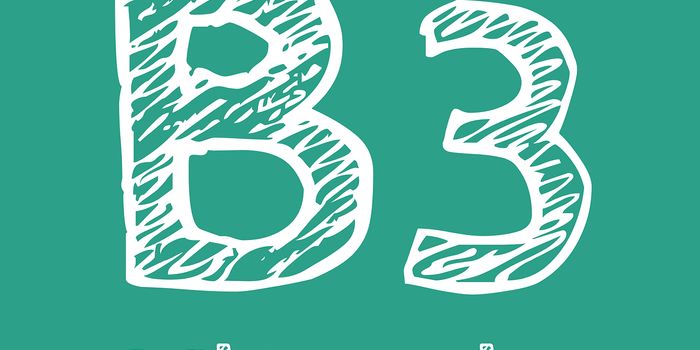Can You Go Blind From Staring at a Solar Eclipse?
Mark your calendars for Monday, August 21, 2017. On this date, a rare planetary phenomenon known as a solar eclipse will occur, allowing people across the continental US to see the sun briefly disappear behind the moon.
Because the event is so rare - the last documented total solar eclipse happened nearly a century ago in 1918, and the next one won’t happen until 2024 - millions of people are eager to experience this eclipse treat. But did you know that proper eye protection is necessary to view the solar eclipse without damaging your eyes?
Indeed, there are over 100 documented cases of eye damage related to the solar eclipse phenomenon. People with this type of damage, called solar retinopathy, often report blurry vision and loss of fine visual details. Although the effects may not lead to complete blindness, the vision impairments may be permanent.
The eye trouble stems from the fact that the sun will still be partially visible behind the moon in places that are not on the “path of totality.” That is, people in some locations from Oregon to South Carolina will see a total solar eclipse, where the moon completely obscures the sun into darkness. For the rest of us not located on this path, the sun is still partially visible, and staring at it for too long can inflict damage to the retina.
"Our brains are wired to avoid looking at very, very bright things like the sun," said B. Ralph Chou, a professor emeritus of optometry at the University of Waterloo in Ontario. But, "it's possible for you to override that aversion reflex," especially when people are eager to experience rare phenomenons like the solar eclipse. In these situations, people are more predisposed to keep looking at the sun, even if they experience eye discomfort.
To the unprotected eye, sun exposure is sun exposure, whether it’s a partial solar eclipse or not. That means staring at a partial solar eclipse, like staring at the sun, can cause too much light hitting the cells in the eyes that “it actually disrupts the parts of the light-sensitive cells that are responsible for that transduction into a nervous signal," Chou explained.
Furthermore, just like staring at the sun, staring at a solar eclipse will cause “sunburn” to the eye cells. Essentially, the heat from the sun will “cook” the eye cells and lead to cell death, a process known technically as thermal damage. Too much of this and the eye won’t be able to recover, which could lead to permanently damaged vision.
For such a rare event, of course NASA wants everyone to experience the upcoming solar eclipse. However, they recommend that the event be viewed with proper eye protection. This involves special ultra-dark “solar-viewing glasses” that filter out nearly all of the sun’s harmful rays. And no, your regular sunglasses don’t qualify. Per NASA, “Manufacturers that meet [ISO 12312-2] standard include Rainbow Symphony, American Paper Optics and Thousand Oaks Optical. Homemade filters or ordinary sunglasses, even very dark ones, are not safe for looking at the sun."
Want to get your hands on these special glasses and partake in this once-in-a-blue-moon phenomenon? Head over to your local public library and snag one of the 2 million free pairs of filtered sunglasses, courtesy of the Gordon and Betty Moore Foundation and Google.
Additional sources: Live Science, Space









